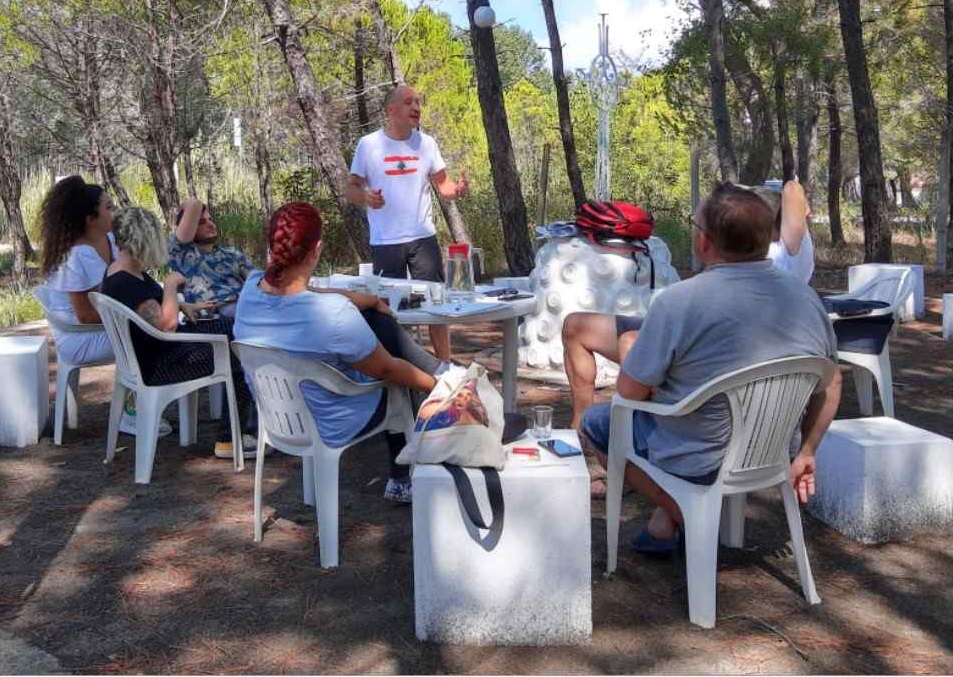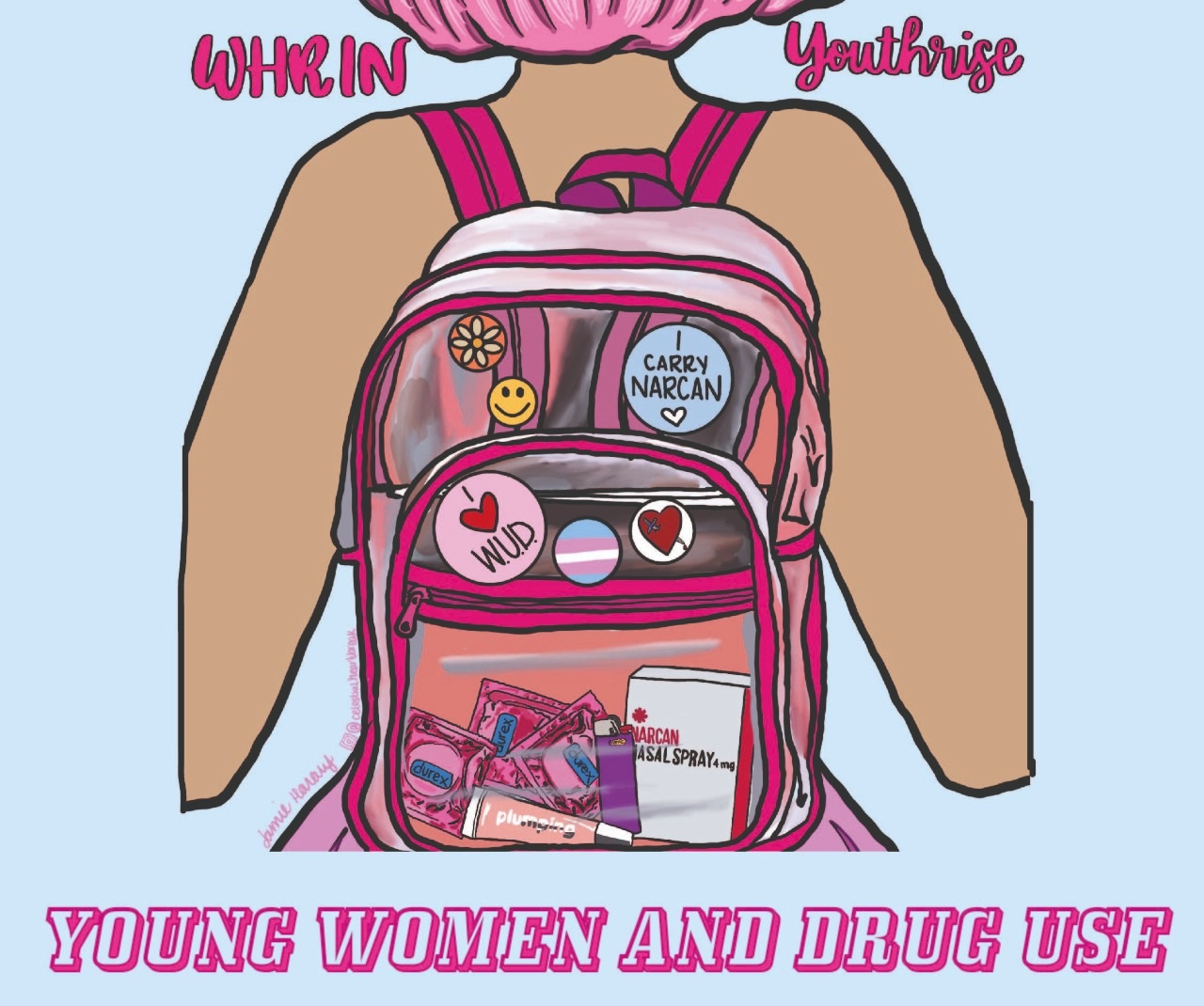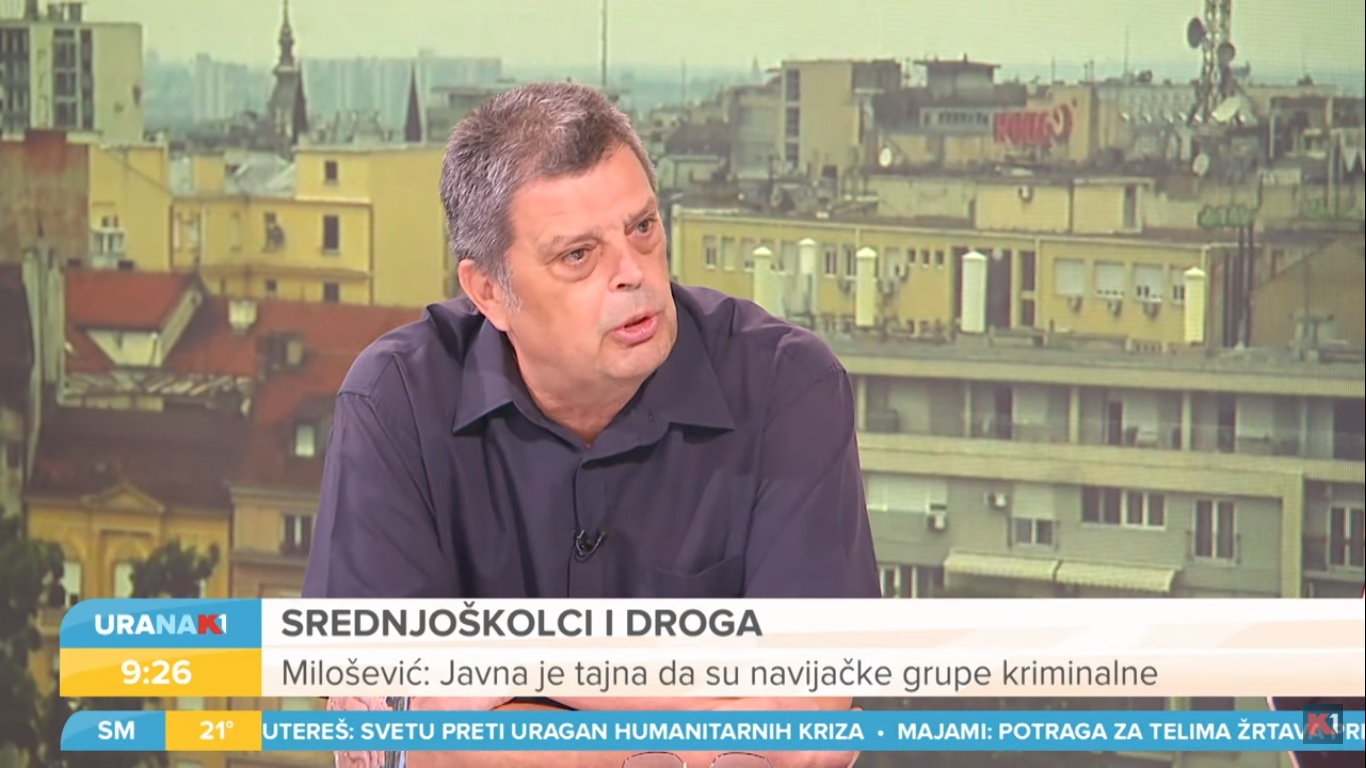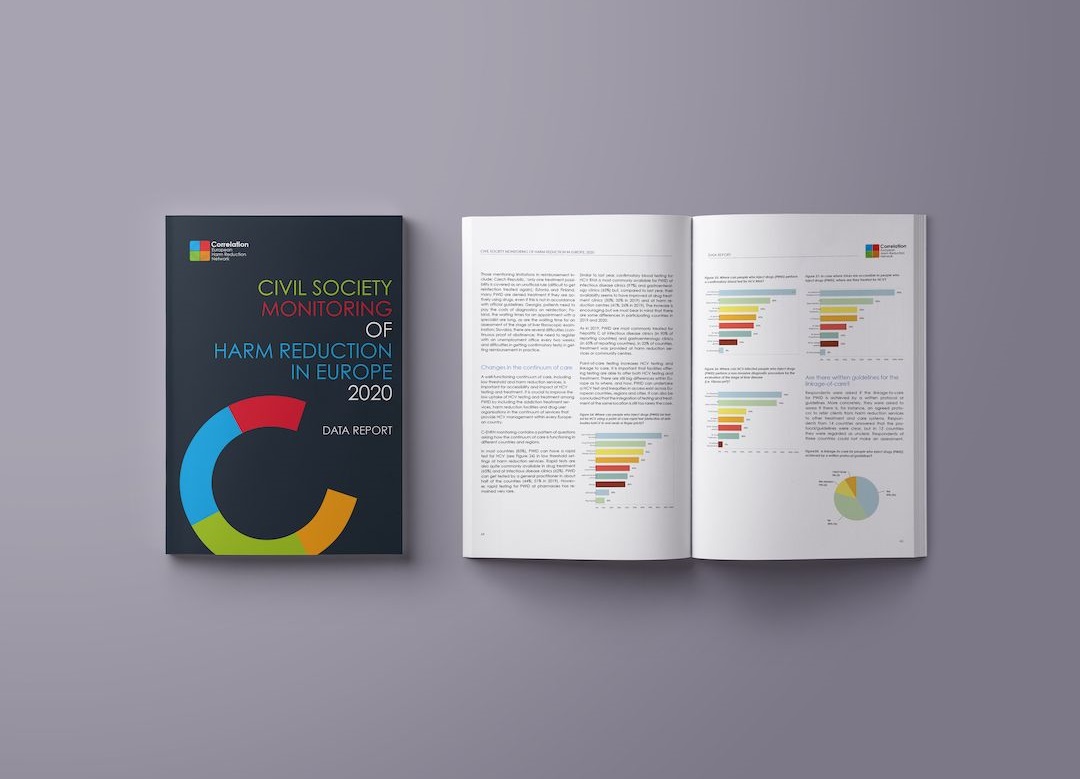The European Monitoring Centre for Drugs and Drug Addiction (EMCDDA) created a specific webpage which answers to the questions most often asked about drug overdose deaths in Europe. Also known as drug-induced deaths, they are deaths directly attributable to the use of illicit drugs. The information presented here is based on the latest data from the Member States of the European Union and the EMCDDA affiliates Norway and Turkey. It draws on contributions from specialists from these countries, as well as on information provided by European countries in the annual reporting exercise to the agency.
This page aims to raise awareness on the nature and scale of the drug overdose deaths problem in Europe. This topic does not receive sufficient attention, despite the high number of lives lost, the dramatic consequences for families and communities and the fact that all of these deaths are, in principle, preventable and avoidable.
The latest European Drug Report (EMCDDA, 2021a) estimated that over 5 100 deaths involving one or more illicit drugs were reported in 2019 in the European Union. This estimate rises to more than 5 700 deaths when Norway and Turkey are included. Men accounted for three quarters of drug-induced deaths. All of these deaths were premature, predominantly affecting people in their thirties and forties.
The webpage is available following this link>>>.



 The goals of International Overdose Awareness Day are:
The goals of International Overdose Awareness Day are:

 To read the briefing paper,
To read the briefing paper, 


 To read this technical assistance directory,
To read this technical assistance directory, 

 The Forum membership comprises 45 civil society organisations coming from across Europe and representing a variety of fields of drug policy, and a variety of stances within those fields. Its purpose is to provide a broad platform for a structured dialogue between the Commission and the European civil society which supports drug policy formulation and implementation through practical advice.
The Forum membership comprises 45 civil society organisations coming from across Europe and representing a variety of fields of drug policy, and a variety of stances within those fields. Its purpose is to provide a broad platform for a structured dialogue between the Commission and the European civil society which supports drug policy formulation and implementation through practical advice.
